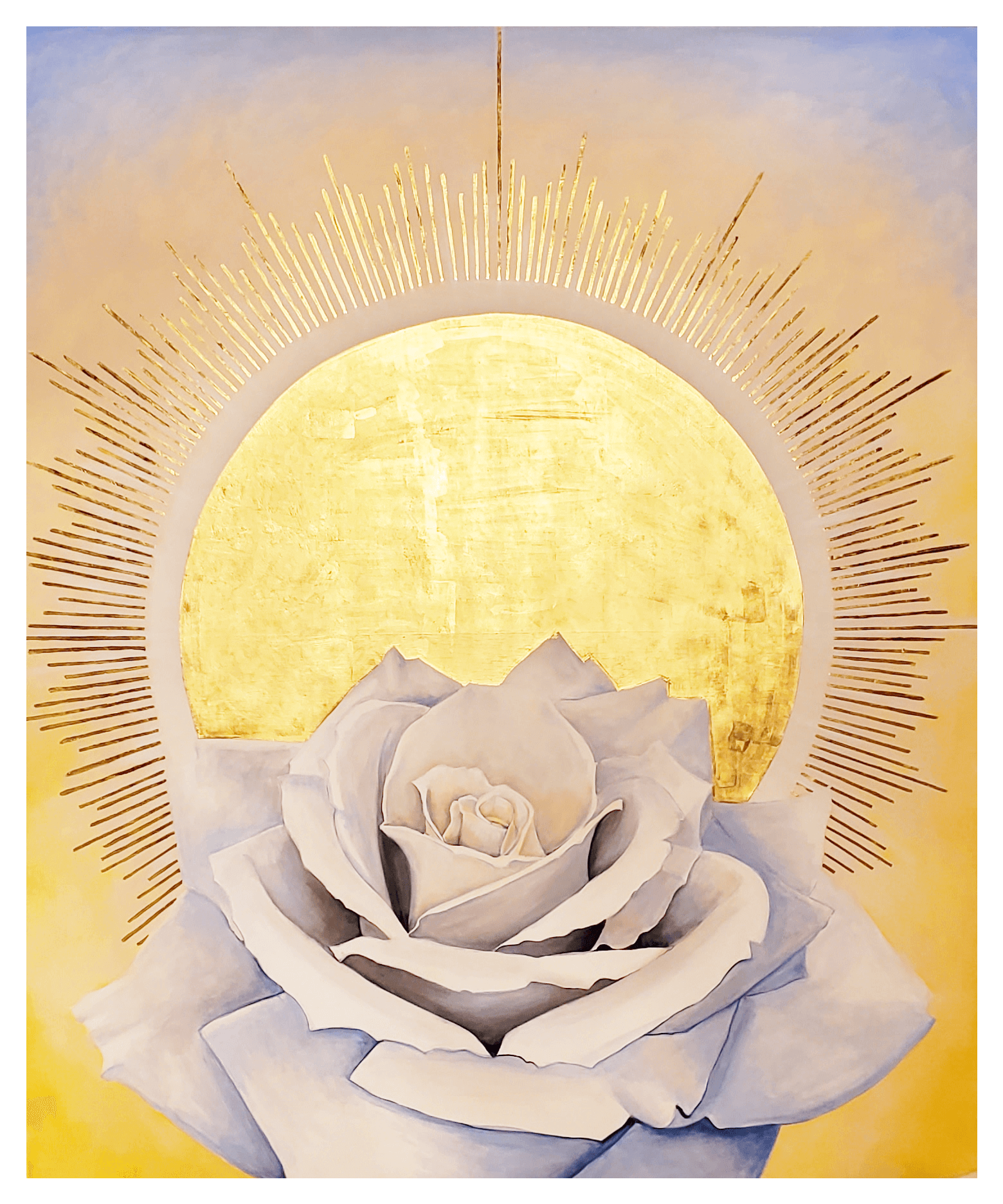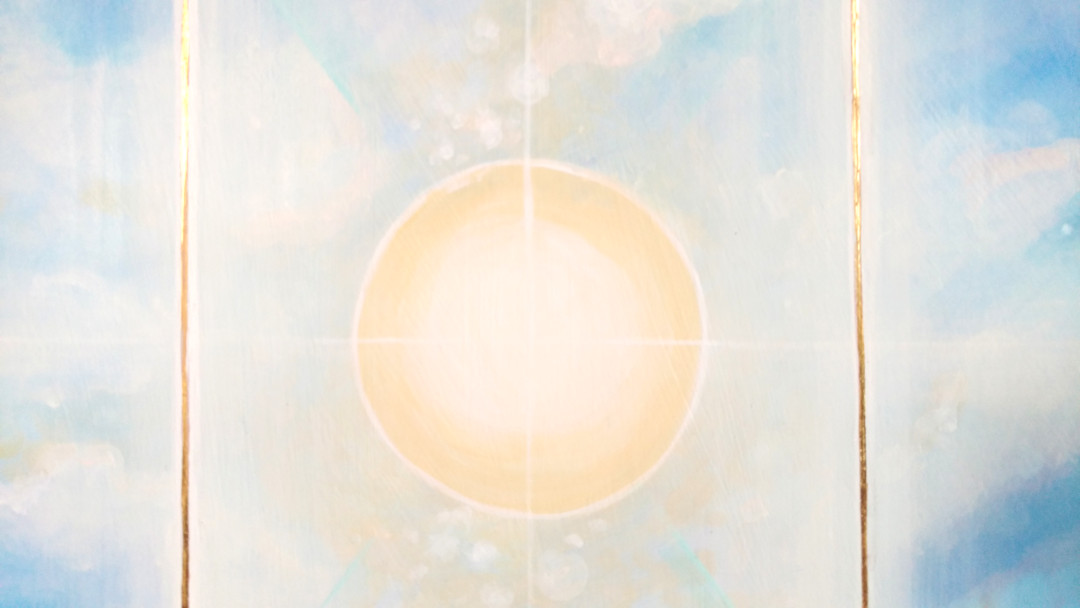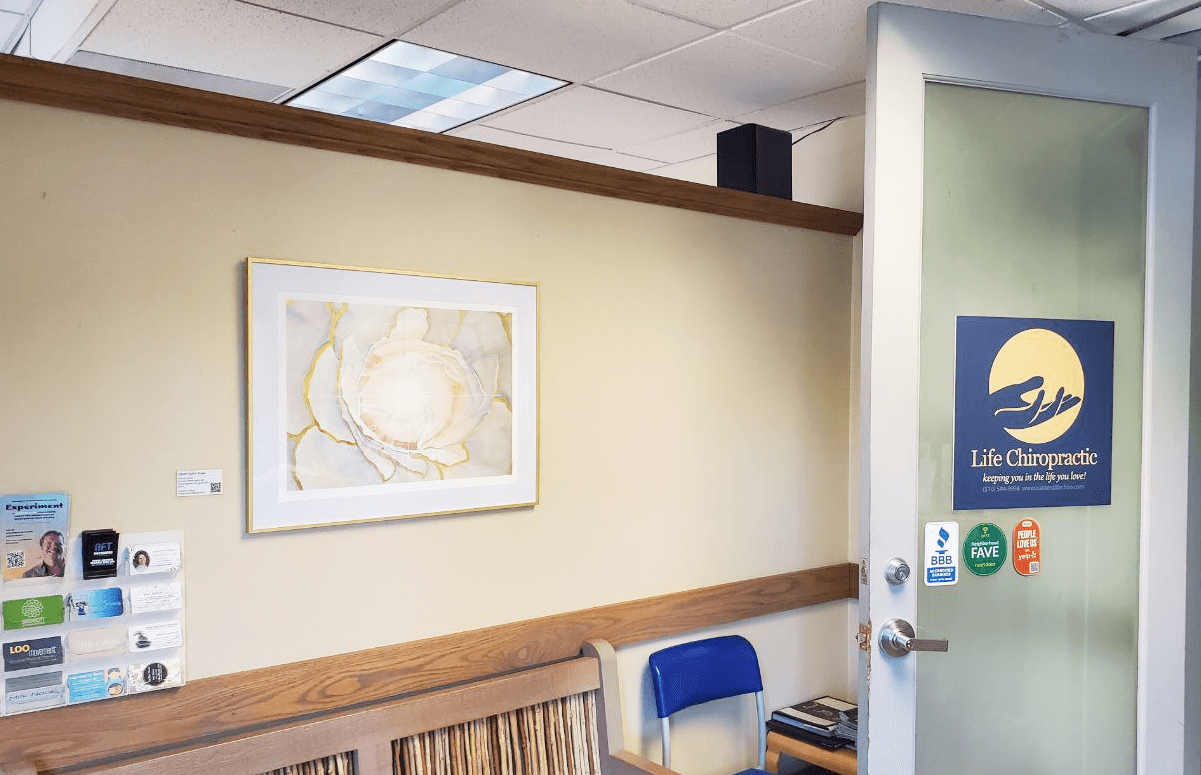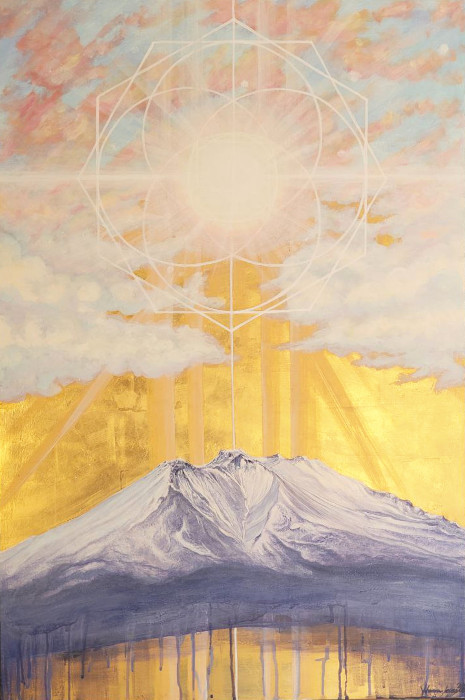PREPARING A WOOD PANEL WITH TRADITIONAL GESSO
Before the brush ever touches paint, the ground must be prepared.
In this video, I show how I create a painting surface using traditional gesso—an age-old mixture of rabbit-skin glue and calcium carbonate that forms a luminous, porous ground.
If the video does not auto load, simply use this link to watch on Youtube: https://www.youtube.com/watch?v=38eFOVKJWx8
Unlike store-bought acrylic gesso panels, this handmade surface is perfectly suited to my water-soluble wax-based paints. It absorbs the pigment, protects the wooden panel from the paint, and becomes a kind of living skin for the image to emerge.
It’s a centuries-old process I love for both its tactility and symbolism:
the act of laying down a clear, receptive field.
VIDEO TRANSCRIPT
In this video, I’m preparing the surface of a wood panel using a traditional gesso.
To make the gesso, I mix equal parts of the gesso powder and warm water. Traditional gesso is a mix of an animal glue binder, chalk, and white pigment. This gesso is made of rabbit skin glue and whiting, which is calcium carbonate.
The word gesso is Italian for chalk from the Latin gypsum and is also known as glue gesso or Italian gesso. This is used to coat rigid surfaces such as wooden painting panels or masonite as a permanent absorbent primer substrate for painting. Traditional gesso was used extensively during the medieval and renaissance periods for preparing wood panels for paintings, providing hard smooth surface that allowed tempera and other paints to adhere properly.
Once I finish mixing the gesso, I wait about 2 hours for it to cool and set into a gel-like substance. When I’m ready to apply it, I place the container in a warm water bath. As it heats gently, the gesso liquefies again and becomes a smooth and brushable medium.
I apply gesso in several layers, usually four or more, allowing each coat to dry before the next. This creates a chalky absorbent surface that holds my water-soluble wax paint which is a modern form of encaustic. When the layers build properly, the ground accepts the pigment beautifully.
Gessoing a wood panel can take several hours or even a couple days depending on how many coats of gesso are being applied and the size of the panel. to apply this gesso properly. The panel needs to be laid flat face up on a drop cloth. In my smaller studio spaces, that means a bit of reorganization, making space to move around the panel freely, brush in hand. That physical preparation is its own kind of ritual. It slows me down, helps me land, and gets me in the state of mind to paint.
This is the terrain of the painting. the very foundation upon which the physical paint will adhere and that is where the concept will unfold. It’s the groundwork, the under layer and if the foundation is off then everything else will be off too. The painting will be unable to stand the test of time.
The first coat is applied directly to the bare wood. At this stage, it looks like a thin whitish wash. The wood absorbs a lot of the gesso in the first layer, which means each subsequent coat will require a little bit less. The first layer creates a foundation on the wood surface and begins the process of transforming the surface to make it receptive for paint.
As I begin to apply the second layer, the surface starts to turn white. White is the color from which all the other colors will emerge. Symbolically, it’s the absolute, the unformed unity from which form arises. It’s purity, stillness, being one. The prima materia, the first matter, the blank page of creation. Before the image can appear, there must be space for it to land.
And this is that space, a clean slate upon which a new painting can be born.
As I apply the gesso, I brush in multiple directions, making sure the coat is even and complete in its coverage of the wood. Towards the end of this batch, the gesso starts to thicken and some subtle texture starts to build up on the wood surface. So once this layer dries, I’ll give the panel a light sanding to smooth out the brush strokes and prepare for the next pass.
In order to sand the panel, first I reposition it so that it’s vertical. Here I simply use a foam sanding block. I just want to take off the areas of the surface which have started to build up texture. If I don’t take the time to sand now, the surface texture would increase with each additional coat of gesso. So, for the kind of surface texture I want for this painting, sanding now will save time in the end. Sanding back the surface can be done as many times as needed throughout the gesso process. It simply depends on what kind of painting surface you’d like to achieve. As I sand throughout the process, I also check the edges of the panel for drips and sand those down as well, leaving clean edges for the final painting.
As I start the third layer, a really beautiful ground is beginning to emerge. Each wet layer reactivates the one beneath it, binding them together. Unlike storebought acrylic gesso panels, this handmade surface is perfectly suited to my water-soluble wax based paints. It absorbs the pigment, protects the wooden panel from the paint and becomes a kind of living skin on which the image can emerge.
Layer after layer, the white deepens. I watch closely for drips or buildup and sand in between layers to keep the surface consistent.
Here, I’m applying the fourth and final coat for this panel. It creates a luminous chalky white absorbent field. Soft to the touch, yet strong enough to hold the paint. The slightly absorbent nature of this surface is ideal for wax based paint, allowing the color to adhere and sink in gently. Later, when the painting is complete and after I’ve heat sealed it, the layers of wax will seal the surface and provide natural durability. Wax is moisture resistant, mildew resistant, insect repelling, and solvent free. To further protect this panel, I’ve already sealed the back and the cradled edges. This preserves the integrity of the wood and protects the painting from moisture and warping over time.
After the fourth coat of gesso has fully dried, I give the panel a final sanding. This removes any bumps, strips, or uneven texture and brings a fine, uniform finish to the surface. A subtle polish that honors both material and intention.
Every material I use is chosen with care. The archival quality of these ingredients ensures longevity, but they also carry something deeper. They are free of toxic chemicals, allowing for the permeation of subtle energies and helping to preserve the purity of the spaces of consciousness I engage through my art.
By the time the final layer of gesso has dried, the panel is no longer just wood. It’s a receptive field, a blank radiant slate, a place where something new can land.
I hope you have enjoyed this video. Please like, subscribe, and hit the notification bell to receive alerts when new videos are released. If you’d like to learn more about art, creativity, and consciousness, check out my website or consider joining my newsletter to get behind the scenes of my creative process. Both are linked in the description below.





 © Yohanna Jessup 2025
© Yohanna Jessup 2025